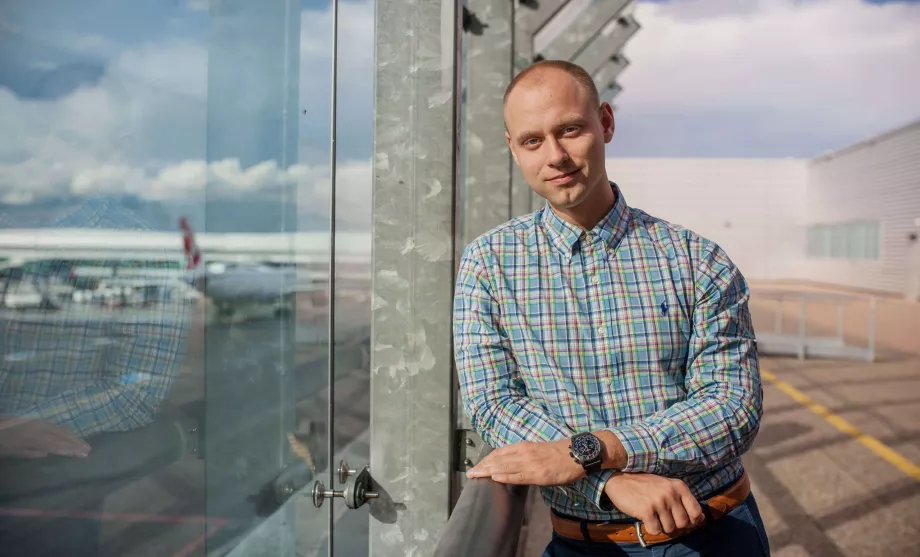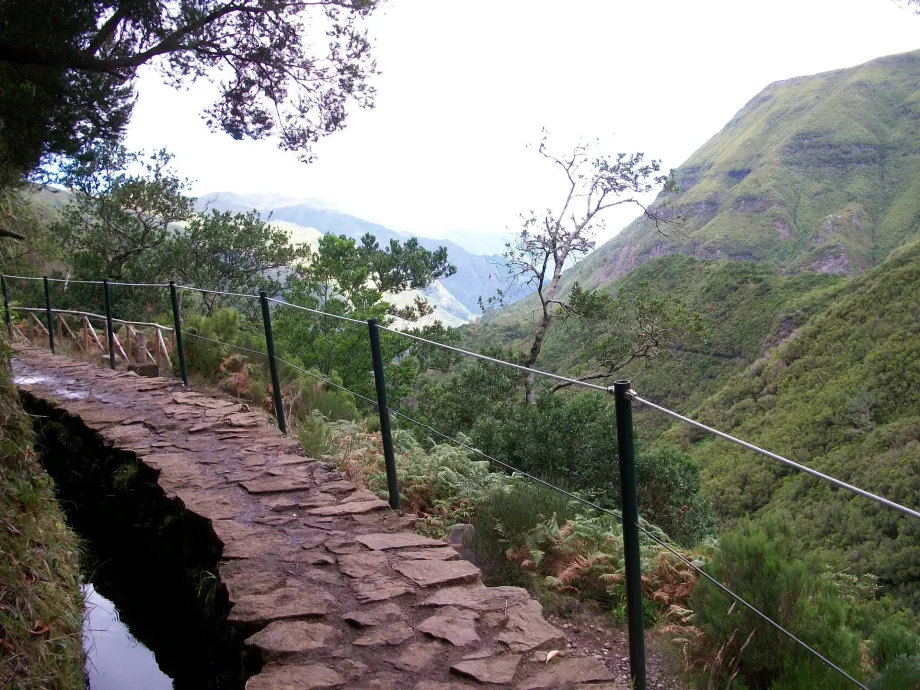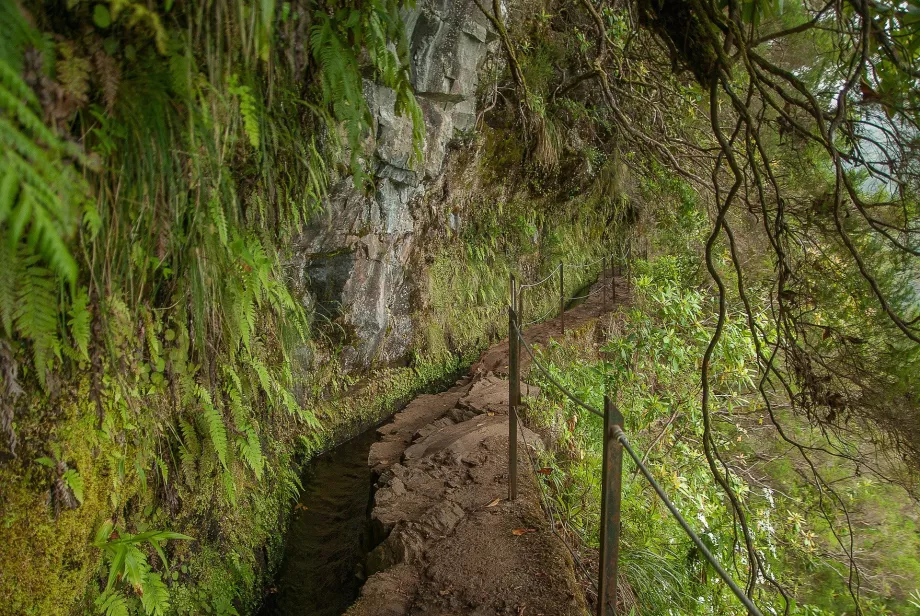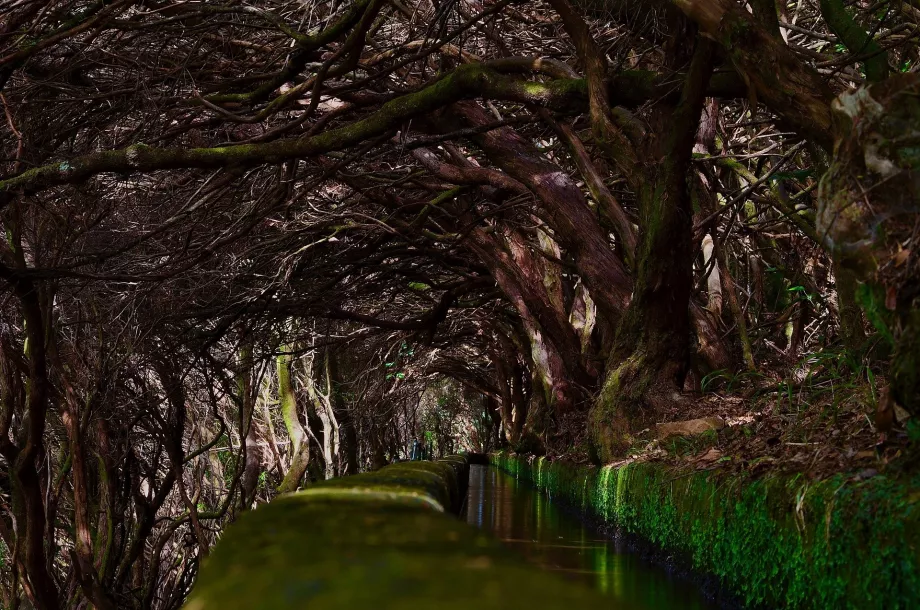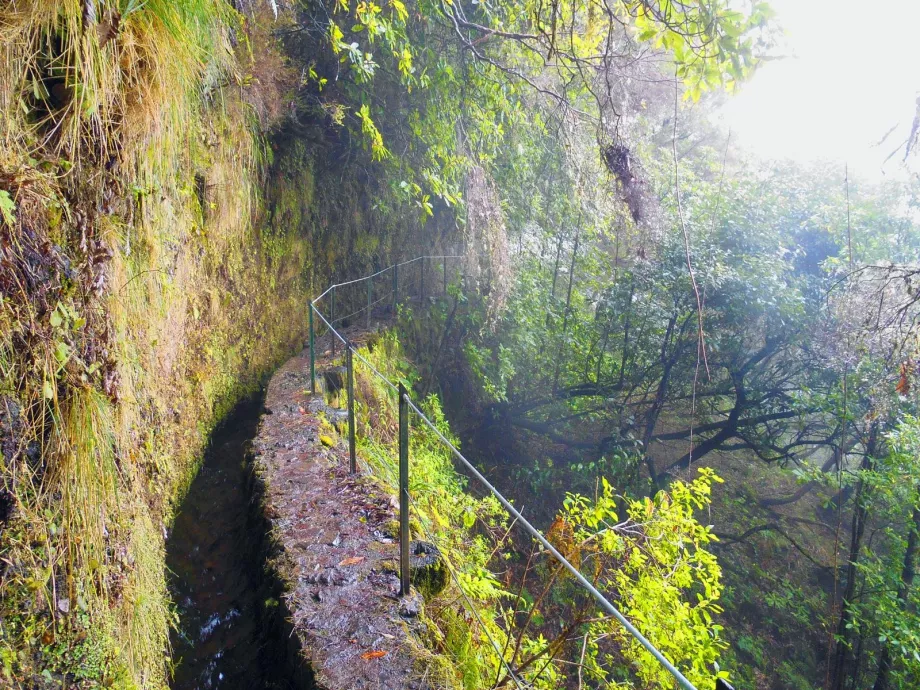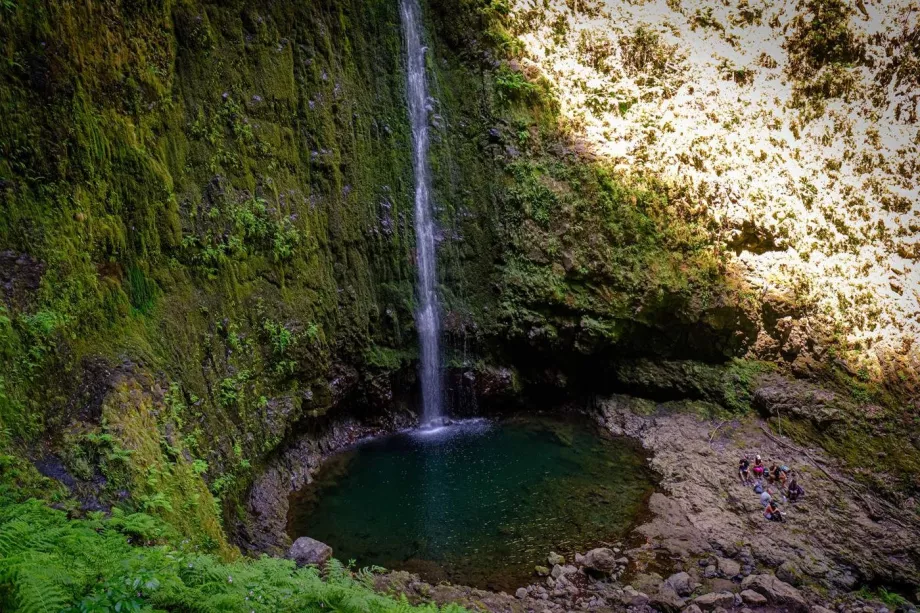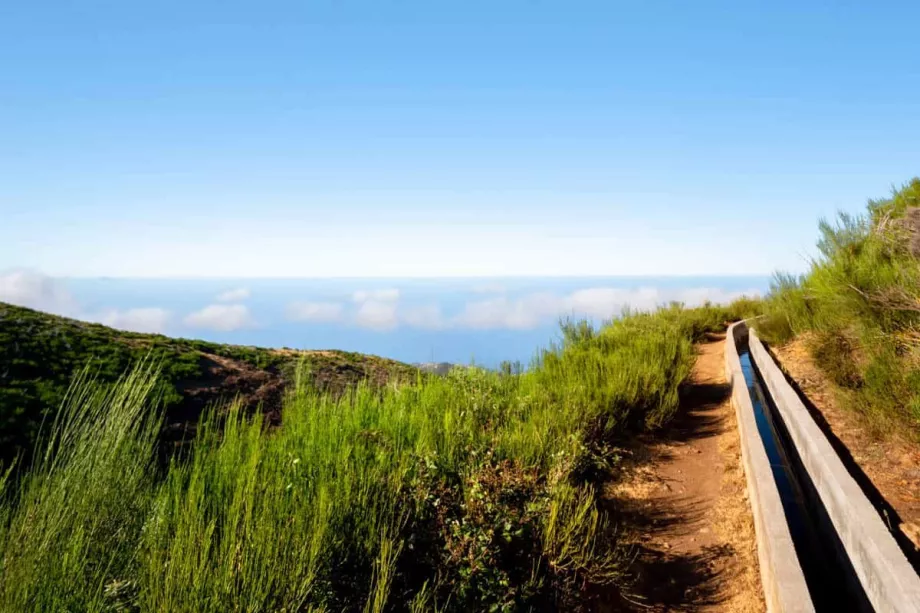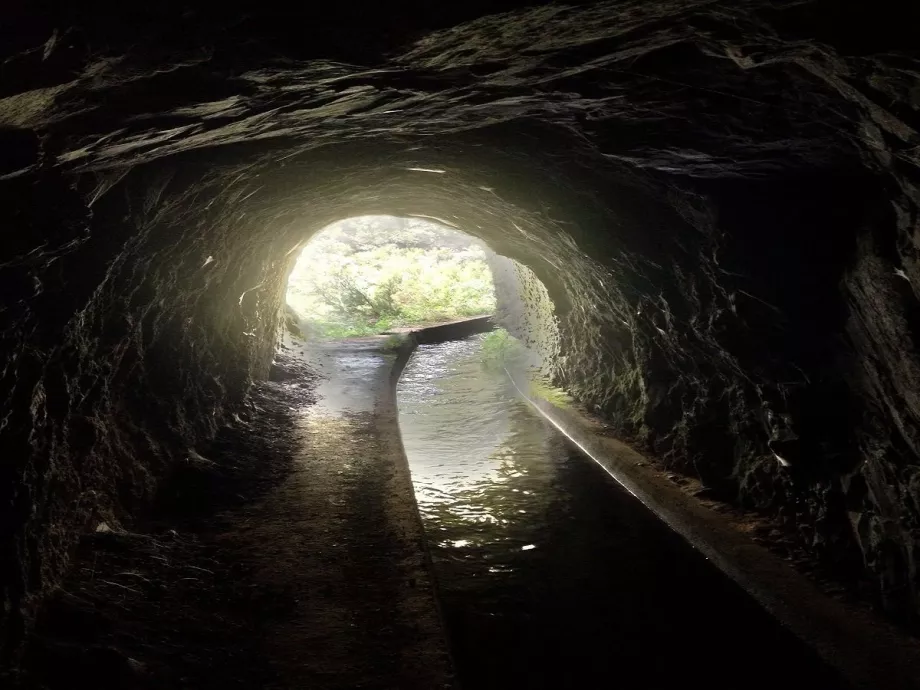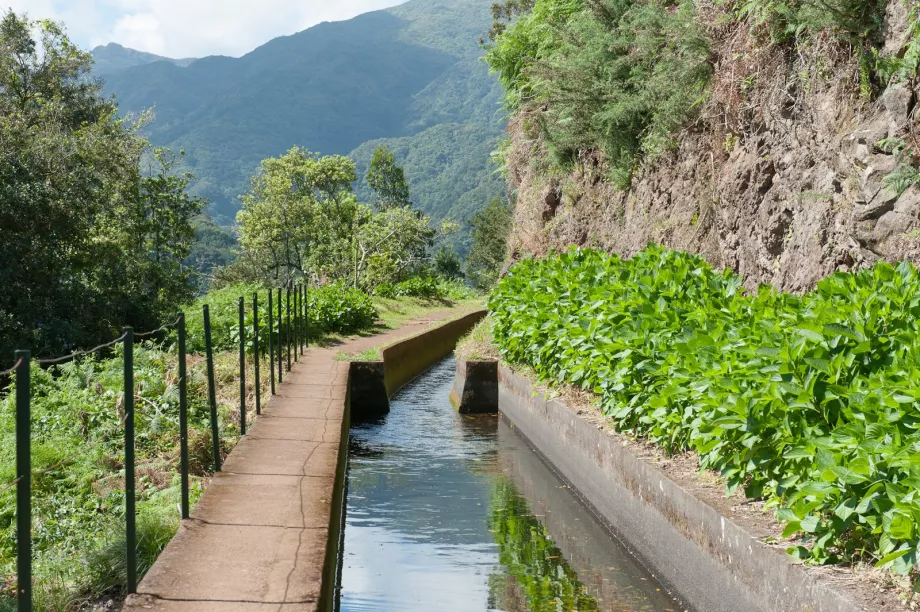Levadas walk in Madeira
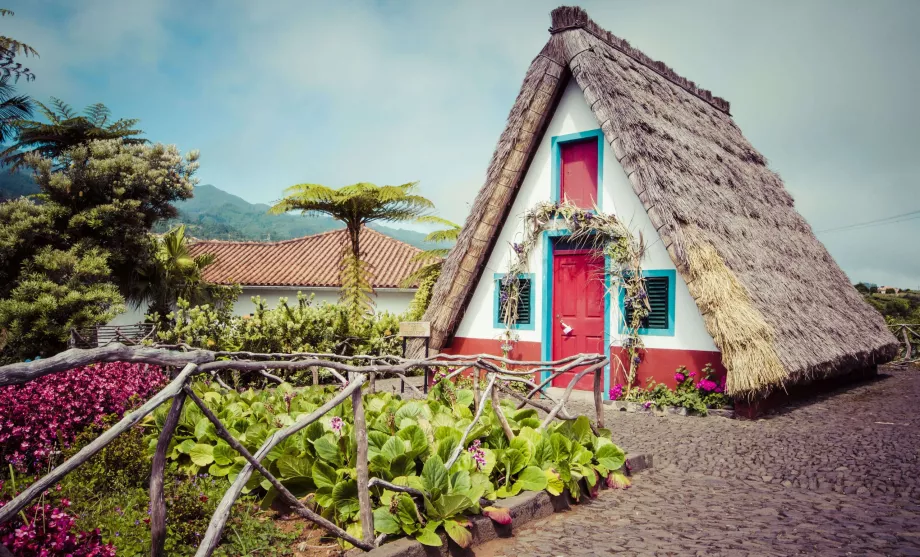
Levada is the term used to describe the irrigation canals in Madeira that bring water from areas rich in groundwater to agricultural areas, especially in the south of the island.
Why did the levadas come into being?
Madeira is a relatively wet and rainy island, so at first the existence of irrigation canals did not make much sense. The problem is geological.
The island is actually the top of an extinct submarine volcano and the different geological layers, not being horizontal, slope mostly to the north. This causes groundwater drainage. In practice, this means that much of the rain that falls on the southern part of the island runs off underground to the north and is not held in place.
This is why an ingenious system of narrow stone, later concrete, canals was created, weaving their way from the rainy north and the central mountain range to the fields in the southern part of Madeira.
Most of the levadas originate at altitudes between 900 and 1 500 metres, and in order to cross the high mountain peaks and deep valleys, many tunnels or bridges have been built through which the levadas are routed.
The first canals began to be built as early as the end of the 15th century, but the main construction boom took place in the 19th and 20th centuries, when technology made it possible to dig long tunnels.
Currently, there are about 110 main and over 100 secondary levadas active in Madeira , with a total length of 2 400 km (if all the small branches are included, the figure rises to almost 5 000 km). More than 40 km of tunnels traverse the terrain, the longest of which measures over 5.5 km.
The longest is the 106 km Levada dos Tornos, which also feeds two hydroelectric power stations, followed by the 98 km Levada do Norte.
Book a hotel in Madeira at a discount
Hiking routes along the Levada
Levadas are actually concrete troughs along which there is always some part used for construction and maintenance. The width of this part is usually between 1 and 2 meters and it was soon discovered that it can serve as a hiking trail. The official marked hiking trails along the levadas became very popular during the 20th century and today trekking along the levadas is one of the main activities in Madeira.
When trekking along the levadas, be prepared for often narrow sections where it is difficult to avoid oncoming traffic, but these are usually equipped with guardrails.
In general, walking along the levadas is safe and relatively low-impact as the gradient of the levadas is always gentle. Thus, the main difficulty often lies in the long distances. It is always advisable to wear waterproof footwear and carry a torch or headlamp, as many of the paths pass through tunnels that are not lit.
TOP 5 most beautiful levadas in Madeira
The choice is always largely subjective, but we're sure these 5 tourist levadas will please all kinds of travellers. For a detailed description and a map of the route, click on the name of the levada:
More tourist levadas
However, there are many more levadas in Madeira that are worth visiting and passing through. In total, there are around 35 levadas that are touristic. Let's take a look at a brief list and a map of them. The map below offers more detailed information about each levadas, just click on the route or map link.
- Levada dos Tornos - The longest levadas in Madeira, the most tourist accessible are the two sections near Funchal, where you can enjoy pleasant treks between small villages and fields, and one in the north of the island near the village of Boaventura, where the levadas begin and you can enjoy a hike into the depths of unspoiled forested nature. See the route map for Funchal, Camacha and Boaventura.
- Levada do Norte - The second longest levada winds across the island from north to south. The long stretch is the easiest and most accessible, and you can cut freely through the peaceful landscape of the south between the villages and fields near Câmara de Lobos and Ribeira Brava (see map). Other accessible sections are high up in the mountains near the Encumeada saddle, with mesmerising views of the surrounding area (map of easy and challenging routes).
- Levada do Alecrim - A nice easy route in the Rabaçal area through a quiet green valley ideal for combining with other shorter levadas in the area, see map.
- Levada do Paul - An interesting route through high mountain terrain with minimal elevation gain leading through a completely different landscape to the rest of Madeira. During the hike you will only encounter low vegetation, scrub and colourful meadows with beautiful views of the wider surroundings, see map.
- Levada Nova da Calheta - A long levadas on the western part of the island, which you are free to shorten or use only its short parts. Ideal easy terrain through a pretty landscape of fields, meadows, deep valleys and villages, it follows a contour line so the gradient is minimal, map.
- Levada da Ribeira da Janela - In our opinion one of the most beautiful levadas in Madeira winding through thick green valleys with spectacular views of the mountains and the ocean. However, it is quite challenging due to its length and elevation and is located in the rainiest part of the island, so waterproof clothing is a must, see map.
- Levada Nova - The more challenging and less frequented continuation of the levada to Moinhos takes you to lonely valleys without people and small villages, see map.
- Levada da Rocha Vermelha - The more difficult route in the Rabaçal area, which takes you through, among other things, a kilometer and a half long unlit tunnel and a beautiful route of deep forested canyons, see map.
- Levada do Caniçal - Machico - A more leisurely route close to the resort of Machico, offering nice views of the whole town and the surrounding mountains, see map.
- Levada do Castelejo - A very little-visited but all the more beautiful route through beautiful countryside close to the town of Porto da Cruz, see map.
- Levada do Furado - A beautiful route from Ribeiro Frío through densely wooded valleys with occasional views of the surrounding area. A great advantage is that both ends can be reached by public transport as it ends in the western suburb of Machico, see map.
- Levada Nova - Santo da Serra - A virtually unknown route combining a levada with normal trails, which is almost circular and takes you into the woods and fields between the villages above the airport, see map.
- Levada do Caniço - A pleasant route through a deep valley at the edge of Caniço, quite accessible by public transport and little frequented, see map.
- Levada da Serra do Faial - A hidden levada in the eastern suburbs of Funchal runs along a hill above the towns in the countryside and between fields, both ends well accessible by public transport, see map.
- Levada Fajã do Rodrigues - A short but quite challenging levada near the town of São Vicente, with a 500m-long unlit tunnel, takes you from a peaceful landscape of fields and views into the heart of wooded Madeira with abandoned farms, see map.
- Levada do Lombo do Mauro - A more difficult trek with a higher gradient through a beautiful landscape from the high mountain plains to the green valleys of the south. The northern end cannot be reached by public transport, so you have to take the same route back, see map.
- Levada do Cedros - The almost deserted levée connecting the town of Ribeira da Janela and the magical Fanal forest leads through beautiful unspoilt countryside. Due to the lack of public transport, it is necessary to take the same route back, see map.
- Levada da Silveira (Santana) - The forgotten route around the town of Santana leads through terrain that is sometimes difficult to traverse, but all the more beautiful for it. The road is very little used but is well maintained in dangerous places, see map.
Any questions left?
If you have any questions or comments about the article...
